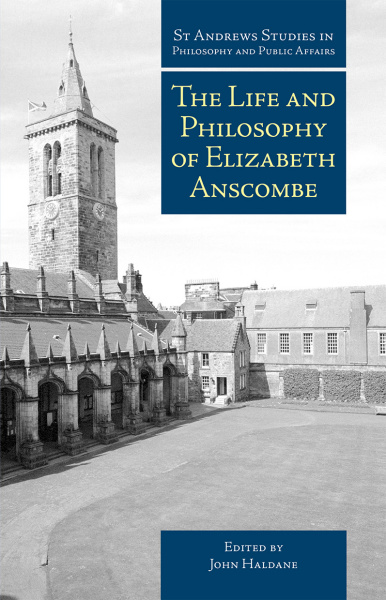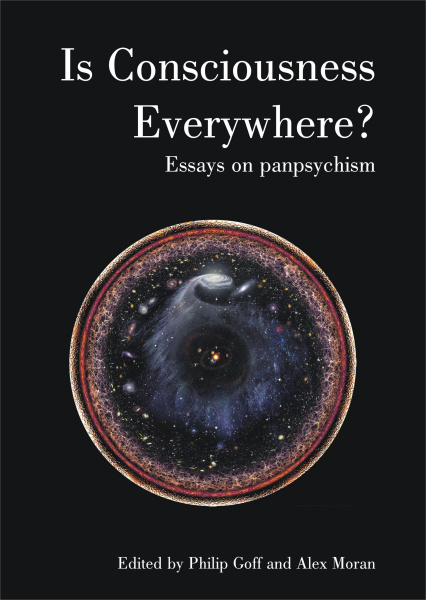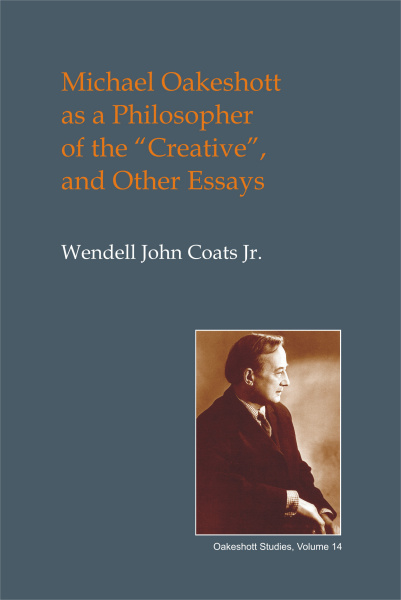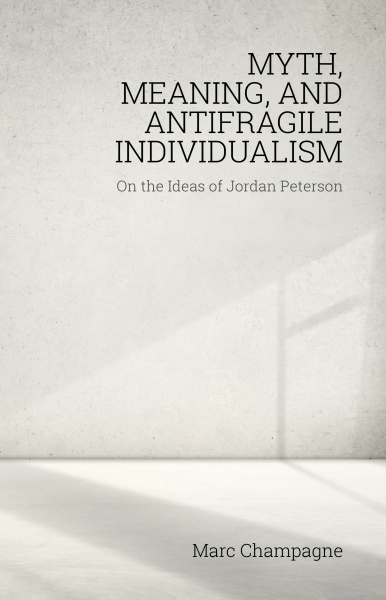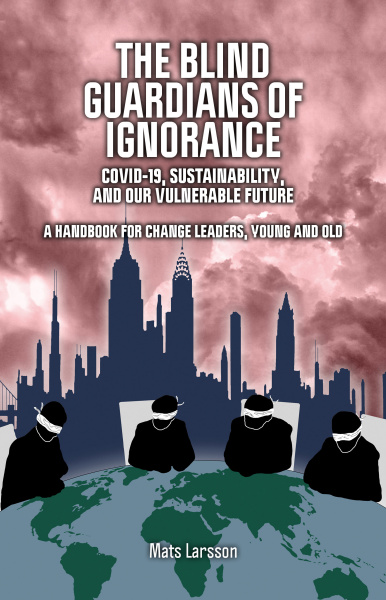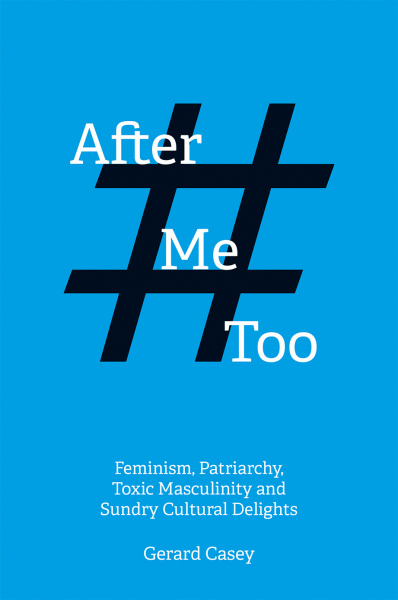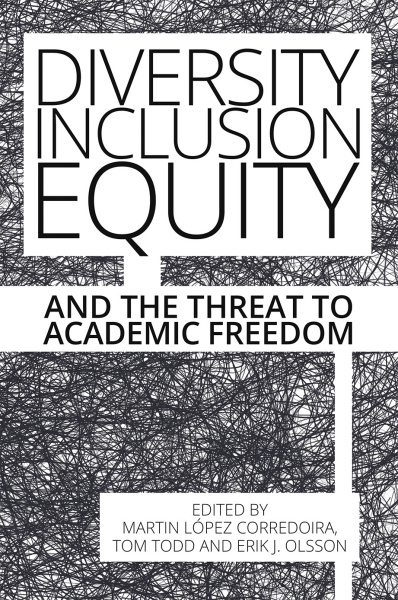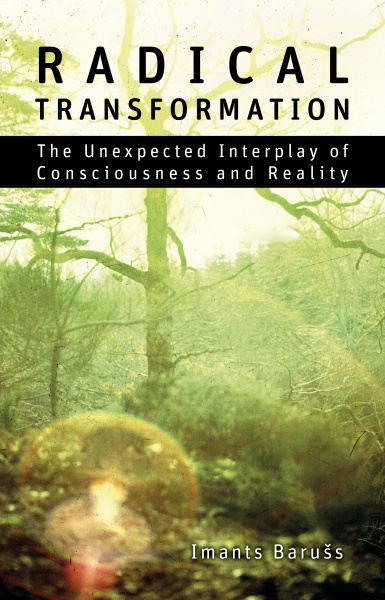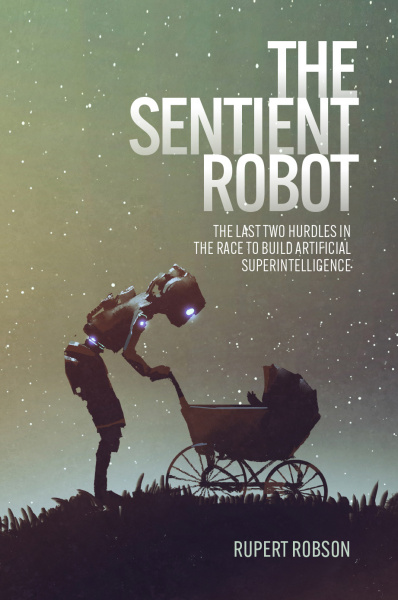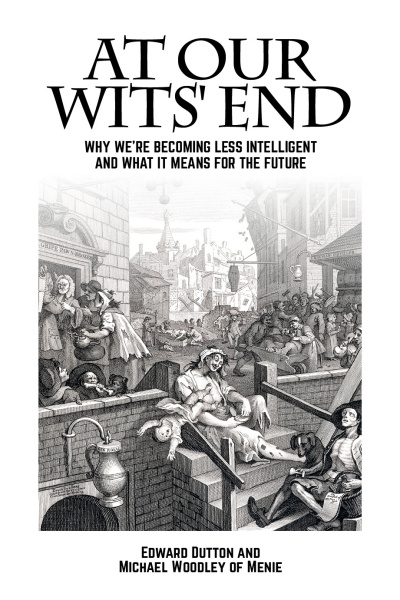Imprint Academic
-

The Rupture
On Knowledge and the Sublime
This book views the sublime as the radically other, revealing to us our own finitude, and compares it with ideas of negative theology and post-modernism. Fane argues that art and religion attempt to break through the 'hermeneutic circle of knowledge', turning sleepwalkers into people who are alive to an (unknowable) truth.
-

Metapsychology of the Creative Process
Continuous Novelty as the Ground of Creative Advance
This book discusses a process (microgenetic) theory of the mental state of creativity that differs markedly from mainstream (cognitive) psychology, but with the potential to clarify many features of thought and imagery, normal and exceptional. Creativity is not an isolated problem but touches many central issues in philosophical psychology.
-

Art, Morality and Human Nature
Writings by Richard W. Beardsmore
This collection brings together the text of the monograph Art and Morality by the philosopher Richard Beardsmore along with fourteen other essays (both published and previously unpublished) in which he explores further some of the themes of his seminal book.
-

What is Wrong with Us?
Essays in Cultural Pathology
The pieces collected in this volume are not presented as amounting to an overall account or theory of our cultural condition. They are offered merely as examples of serious criticism, of what we need if we are to begin to think more profitably about our condition.
-

In Their Right Minds
The Lives and Shared Practices of Poetic Geniuses
Based on nearly twenty years of scientific and literary research, this book enters the atypical minds of poetic geniuses — Blake, Keats, Hugo, Rilke, Yeats, Merrill, Plath and Hughes — by way of the visible signs in their lives, beliefs, and shared practices.
-

Situated Aesthetics
Art Beyond the Skin
This book focuses on externalist approaches to art. It is the first fruit of a workshop held in Milan in September 2009, where leading scholars in the emerging field of psychology of art compared their different approaches using a neutral language and discussing freely their goals.
-

Sensibility and Sense
The Aesthetic Transformation of the Human World
Sensibility and Sense offers a philosophically comprehensive account of humans' social and cultural embeddedness encountered, recognized, and fulfilled as an aesthetic mode of experience.
-

The Landscape of Humanity
Art, Culture and Society
The fourteen essays in this book develop a conception of human culture, which is humane and traditionalist.
-

Art and Enlightenment
Scottish Aesthetics in the 18th Century
This volume brings together and provides contextual introductions to the most significant 18th century writing on the philosophy of art.
-

Art and the Brain III
Third of a three-volume series of the "Journal of Consciousness Studies", which asks if it is possible to take a natural science approach to art and uncover general laws of aesthetic experience, or is that taking reductionism too far?
-

Man Who Tasted Shapes
The ten people in one million who are synaesthetes are born into a world where one sensation (e.g. sound) conjures up one or more others (e.g. taste or colour). Extensive experiments with more than forty synaesthetes led Richard Cytowic to an explanation of synaesthesia that emphasized the primacy of emotion over reason.
-

Art and the Brain, II
Investigations into the Science of Art
Second of a three-volume series of the "Journal of Consciousness Studies", which asks if it is possible to take a natural science approach to art and uncover general laws of aesthetic experience, or is that taking reductionism too far?
-

Art and the Brain
First of a three-volume series of the "Journal of Consciousness Studies", which asks if it is possible to take a natural science approach to art and uncover general laws of aesthetic experience, or is that taking reductionism too far?
